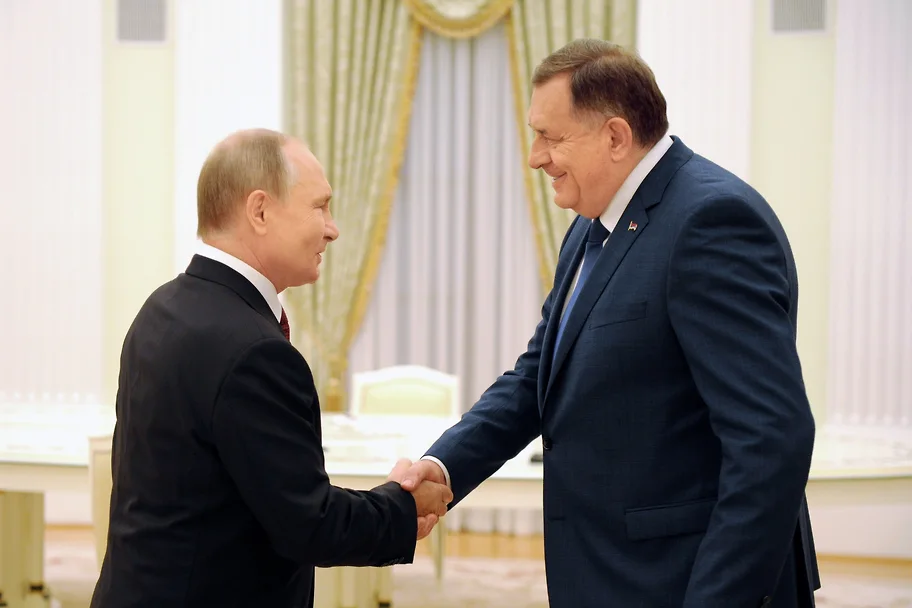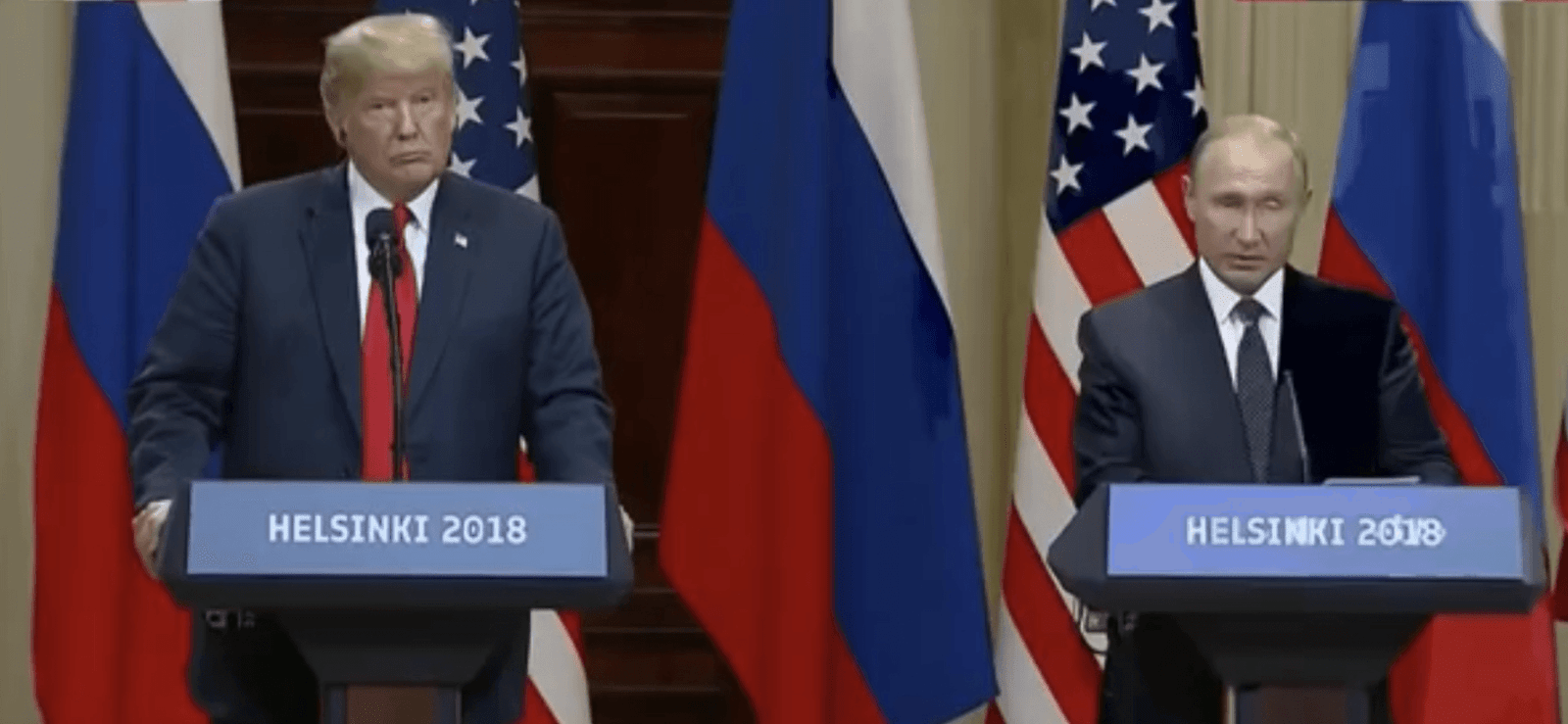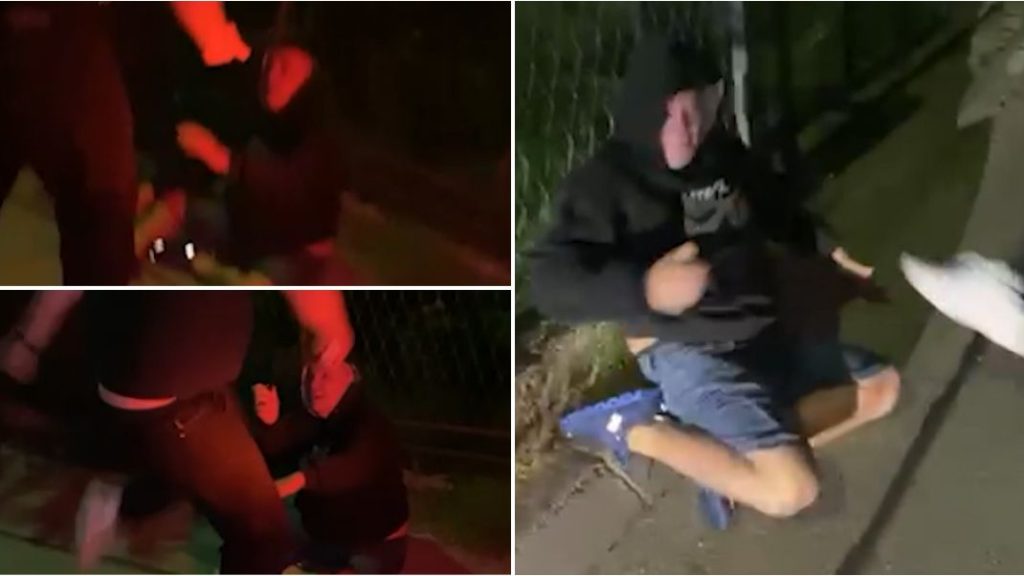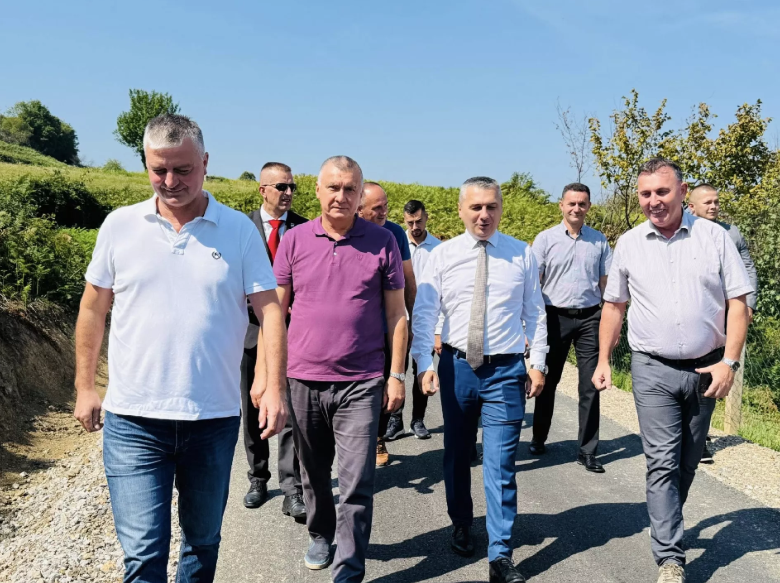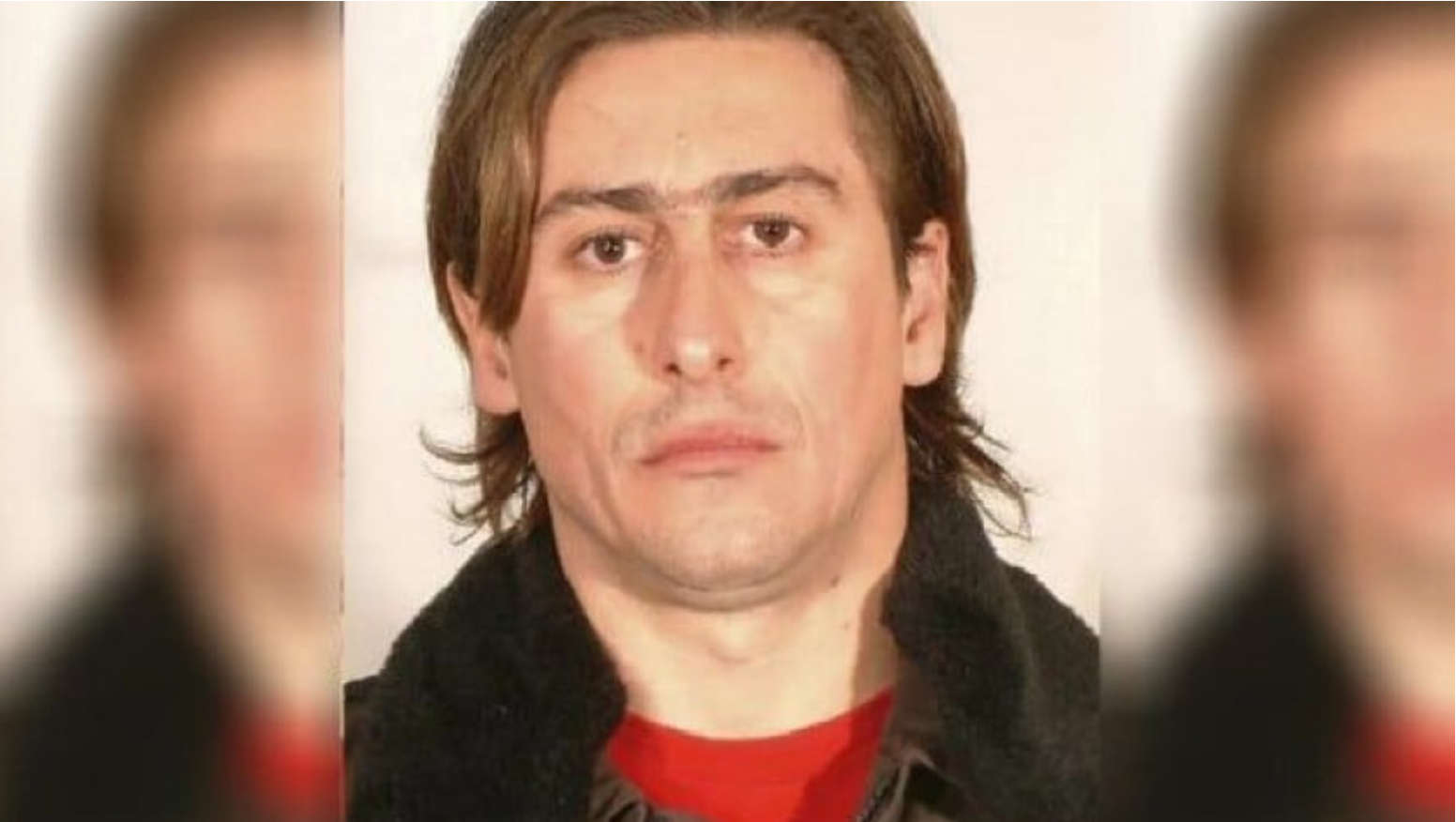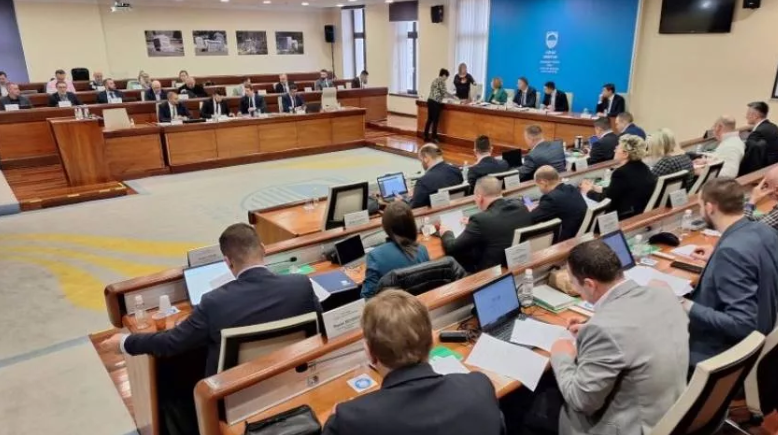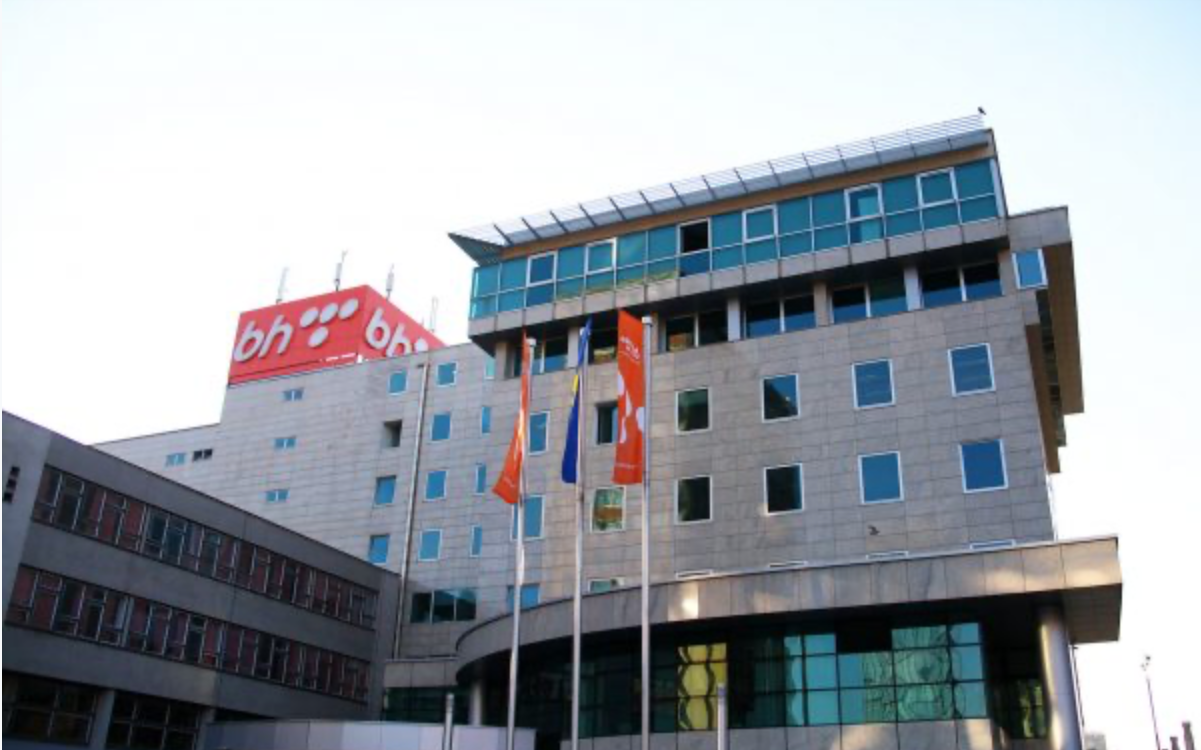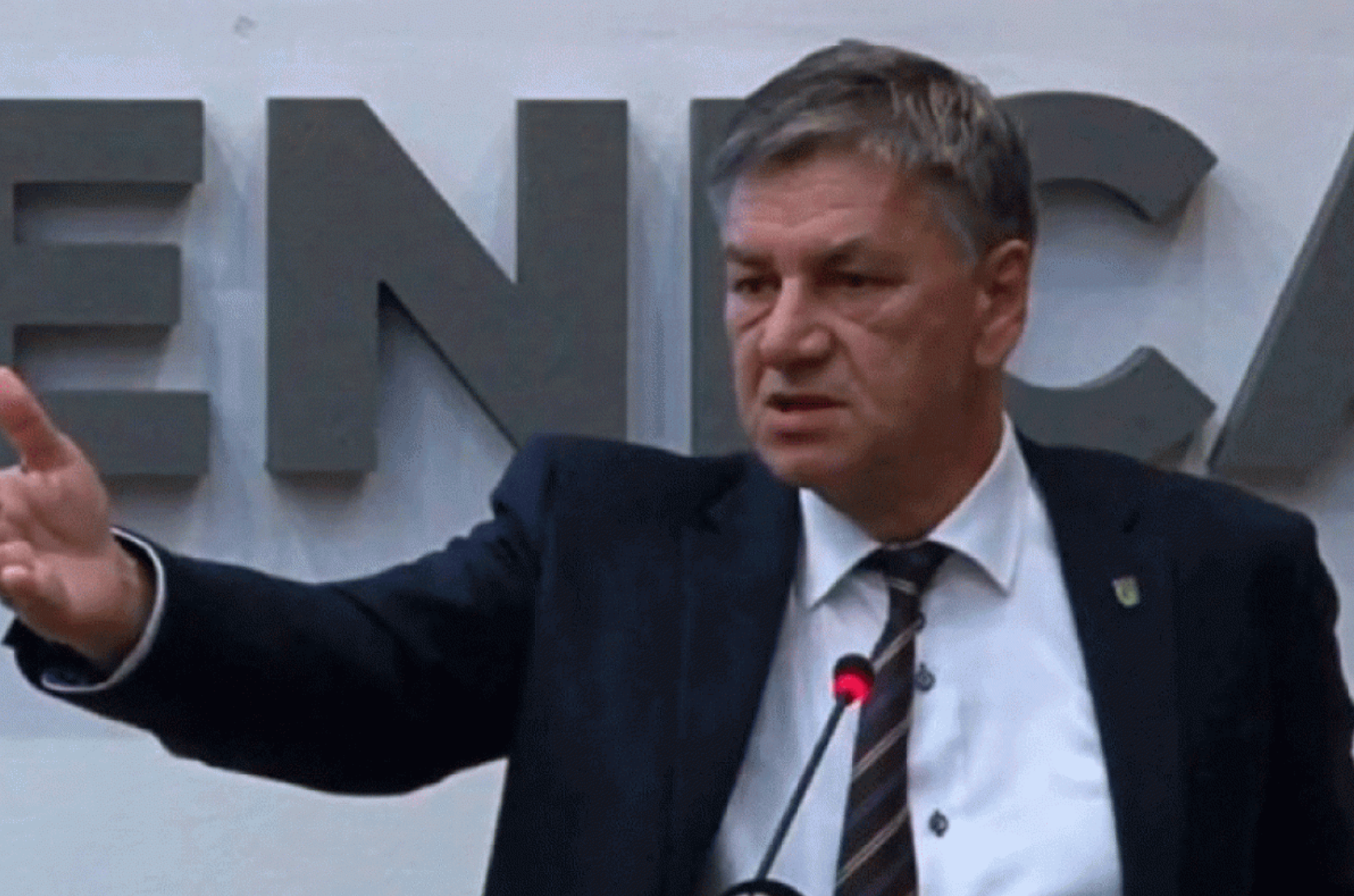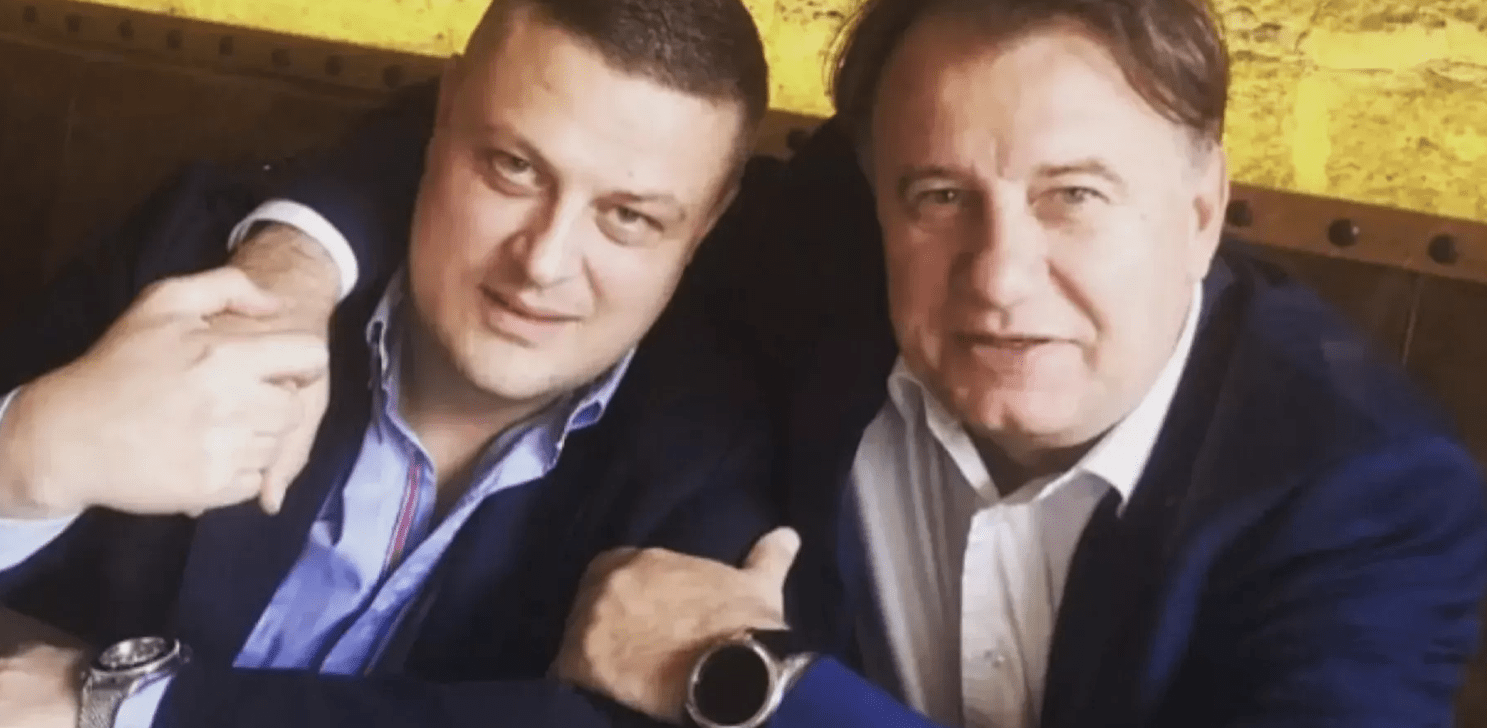Unable to defeat NATO in a conventional war and having overused its nuclear threat, the Kremlin has assembled a range of tools to defeat Europe away from the military battlefield. Its primary objective is toneutralize European NATO as a power that challenges Russia’s expansionism. It employs several strategies but with varying degrees of success, such as fracturing trans-Atlantic links, widening inter-state divisions, and inflaming internal political and societal polarization. Russia’s successes and failures in all these offensives need to be carefully measured.
The Donald Trump presidency has given an unprecedented and unexpected opportunity for Moscow to benefit from the trans-Atlantic rift. Trump’s stated unwillingness to defend NATO, his criticisms of European defense spending, and his pressures on Ukraine have been cheered in the Kremlin. Russian officials calculated that White House policy would tear NATO apart, significantly weaken Europe’s defenses, and provide new inroads for Moscow to gain advantages in its former satellites states.
But behind the evident success for the Kremlin lurks a potential failure – a stronger Europe committed to self-defense and capable of militarily defeating Russia. Far from destroying NATO cohesion, Trump’s attacks have acted as an alarm bell for the largest states to substantially increase their defense spending, expand their militaries, and ramp up their defense industries. Moreover, recent opinion polls demonstrate that over 70% of European citizens want a stronger defense posture and a common defense and security policy. The EU’s Gross Domestic Product (GDP) is ten times great than Russia’s, even without the UK, Turkey, and Norway. Meanwhile, defense spending has grown by more than 30% in the last two years and is now three times higher than Russia’s, totaling about $460 billion per annum.
Moscow’s second anti-Europe strategy is aimed at deepening divisionsbetween EU and NATO member states. By offering lucrative energy deals, corrupting local politicians, and supporting nationalist groups, Moscow calculates that it can pull some smaller states away from its allies. Hungary has been the most successful example in Central Europe, while Slovakia and Romania have also been primary targets. Prime Minister Viktor Orban’s “sovereigntist” movement has been fully backed by Moscow not necessarily to pull more countries out of the EU but to create gridlock and conflict within the Union and obstruct a common foreign and security policy. Behind the scenes, Moscow has evidently even offered Budapest a part of the Transcarpathian region if it supports or remains neutral in Russia’s attempt to partition Ukraine.
Another element of Russia’s divisive strategy is to provide political and security support to allies such as Serbia and the RS in Bosnia-Herzegovina. This contributes to destabilizing the Western Balkans, prevents further EU and NATO enlargement, preoccupies EU policymakers, and spreads Moscow’s influence by providing new avenues for political corruption and influence operations in the region.
The third and related Russian strategy is to widen internal political and societal polarization in targeted states. Every democratic state in Europe has its divisions and disputes, whether based on ethnicity, religion, region, income, politics, or ideology. This provides opportunities to broaden the fissures by supporting the most radical politicians and inflaming public opinion through the internet and other media. However, analysts need to be careful not to make Russianoperatives seem more successful than they are by attributing domestic radicalism and conflict primarily to Moscow’s interference. Paradoxically, exaggerated claims about the Kremlin’s infowars prowess can itself become a form of disinformation that emboldens and empowers Russia as a great influential power.
For instance, Russia has recently focused on two countries undergoing presidential elections. In Romania’s case, the strategy was to tap intomass disillusionment with all major parties and amplify the appeal of radicals in order to promote chaos and conflict. In Poland’s case, the primary goal was to deepen pre-existing political polarization between the two major parties. But the notion that Russia is the main disinformation actor in Poland is simplistic. In reality, the two major political parties are perfectly capable of generating disinformation about their opponents without help from Russia, as witnessed during the recent presidential elections. Despite Moscow’s efforts, the election winner Karol Nawrocki will continue the security and foreign policies of his predecessor.
There was also a boomerang vote in Romania’s second round of presidential elections when a majority understood that the first round winner was another corrupted Russian affiliate, such as Hungary’s Victor Orban, and elected centrist Nicușor Dan. Moscow has actually registered more lasting success in influencing and inflaming the public in Germany where the ultra-right and ultra-left have both benefited from its support and the radical Alternative for Germany (AfG), which is openly pro-Moscow, is steadily gaining ground and finished second in the federal elections in February 2025.
In addition to psychological subversion through its disinformationoffensives, Moscow continues to test different methods of social and political disruption in targeted countries. The “softer tools” include political corruption, support for radicals, cultural penetration, energy dependence, espionage, and the use of proxies. The “harder tools” include military intimidation, cyberattacks, jamming GPS navigation, sabotage, and assassinations. The most recent examples include cutting underwater pipelines and fiber optic cables in the Baltic Sea and arson attacks on public buildings in Poland and Lithuania. These are intended to test the NATO response; where this proves weak the attacks are likely to be intensified.
As a frontline NATO member, the principal military force in Central-Eastern Europe, and the main transit hub for Western aid to Ukraine, Poland has become the primary target for Russian subterfuge.
In recent years, Polish authorities uncovered at least thirty subterfuge operations, accounting for roughly 35 percent of Europe’s Russian-linked espionage and sabotage arrests. It seems that when public opinion is difficult to influence or is overwhelmingly anti-Moscow, the Kremlin’s only alternative is to generate fear through sabotage and terrorism.
(Janusz Bugajski is a Senior Fellow at the Jamestown Foundation in Washington DC and author of three new books: Pivotal Poland: Europe’s Rising Power, Failed State: A Guide to Russia’s Rupture, and Free Nations, New States: The End Stage of Russian Colonialism (Anthology).





